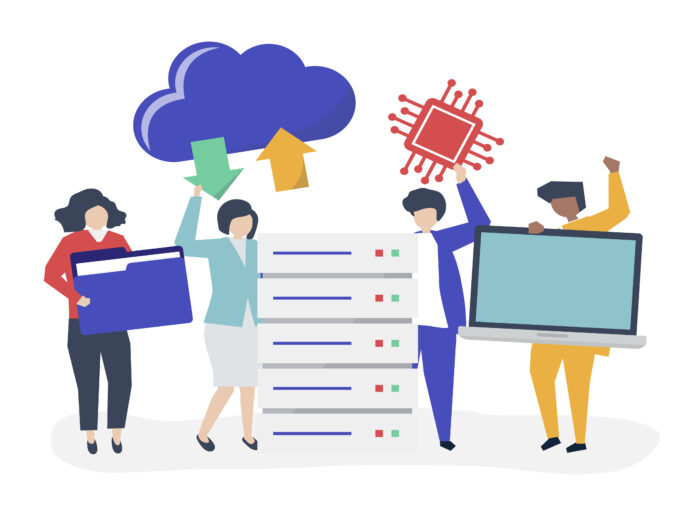Blooket has emerged as a dynamic platform that transforms traditional learning into an interactive experience through gamified quizzes. As an educator, understanding the role of a Blooket Host is pivotal to maximizing the platform’s potential. This guide delves into the essentials of hosting a Blooket game, from setup to classroom management.
1. The Role of a Blooket Host
As the Blooket Host, you orchestrate the game session. Your responsibilities include selecting the appropriate game mode, choosing or creating question sets, configuring game settings, and initiating the game. A well-prepared host ensures a seamless experience, fostering an environment conducive to learning and engagement.
2. Selecting the Appropriate Game Mode
Blooket offers a variety of game modes, each catering to different learning objectives:
- Gold Quest: Teams compete to accumulate the most gold by answering questions correctly or strategically stealing from others.
- Cafe: Students answer questions to earn ingredients and serve customers, promoting quick thinking and resource management.
- Factory: Participants build efficient factories by answering questions, emphasizing strategic decision-making.
- Tower Defense: Students defend against waves of enemies by answering questions, fostering teamwork and strategic planning.
- Battle Royale: A competitive mode where students eliminate opponents by answering questions, enhancing engagement.
- Crazy Kingdom: Players manage their kingdoms by answering questions, encouraging long-term strategy and resource allocation.
Choose a game mode that aligns with your lesson objectives and student preferences to maintain engagement.
3. Crafting and Selecting Question Sets
The effectiveness of a Blooket game hinges on the quality of its question set:
- Utilize Pre-Made Sets: Explore Blooket’s extensive library of publicly available question sets relevant to your curriculum.
- Create Custom Sets: Tailor questions to your lesson plans, ensuring alignment with learning objectives.
- Import Existing Questions: Leverage existing materials by importing questions from spreadsheets or documents.
- Combine Sets: Merge questions from various sets to cover a broader range of topics.
Ensure questions are accurate, clear, appropriately challenging, and varied in format to maintain student interest.
4. Configuring Game Settings
Customize game settings to suit your classroom dynamics:
- Time Limits: Set time constraints to encourage prompt responses.
- Power-Ups: Enable or disable power-ups to add strategic elements.
- Audio Settings: Adjust or mute music and sound effects to minimize distractions.
- Question Randomization: Shuffle question order to prevent memorization.
- Answer Visibility: Control whether correct answers are shown post-response for immediate feedback.
- Team Configurations: Adjust team sizes to promote collaboration.
- Access Restrictions: Implement measures like passwords or controlled distribution of game codes to ensure only authorized participants join.
5. Initiating and Managing the Game
After setting up, ensure a smooth game launch:
- Provide Clear Instructions: Explain game rules and objectives.
- Distribute Game Codes: Share the game code or link with students through appropriate channels.
- Monitor Participation: Ensure all students have joined before starting.
- Oversee Gameplay: Address technical issues, enforce fair play, and encourage active participation. blockchain-council.org
6. Best Practices for Effective Hosting
- Preview Question Sets: Familiarize yourself with the content to anticipate student queries.
- Prepare for Contingencies: Have backup plans for potential technical difficulties.
- Solicit Feedback: Gather student input post-game to refine future sessions.
- Diversify Game Modes: Rotate game modes to sustain interest.
- Align with Curriculum: Ensure games reinforce lesson objectives.
- Promote Collaboration: Encourage teamwork through appropriate game modes.
- Celebrate Achievements: Recognize student successes to boost morale.
7. Leveraging Blooket as an Educational Tool
Blooket serves as a versatile tool to enhance learning through interactive gameplay. As a host, your strategic implementation of Blooket can reinforce concepts, assess understanding, and motivate students, making learning both effective and enjoyable.




























